- Home | Industry Update | Algae-based Textiles: The Future Of Sustainable Fashion Inno...
Algae-based Textiles: The Future Of Sustainable Fashion Innovation
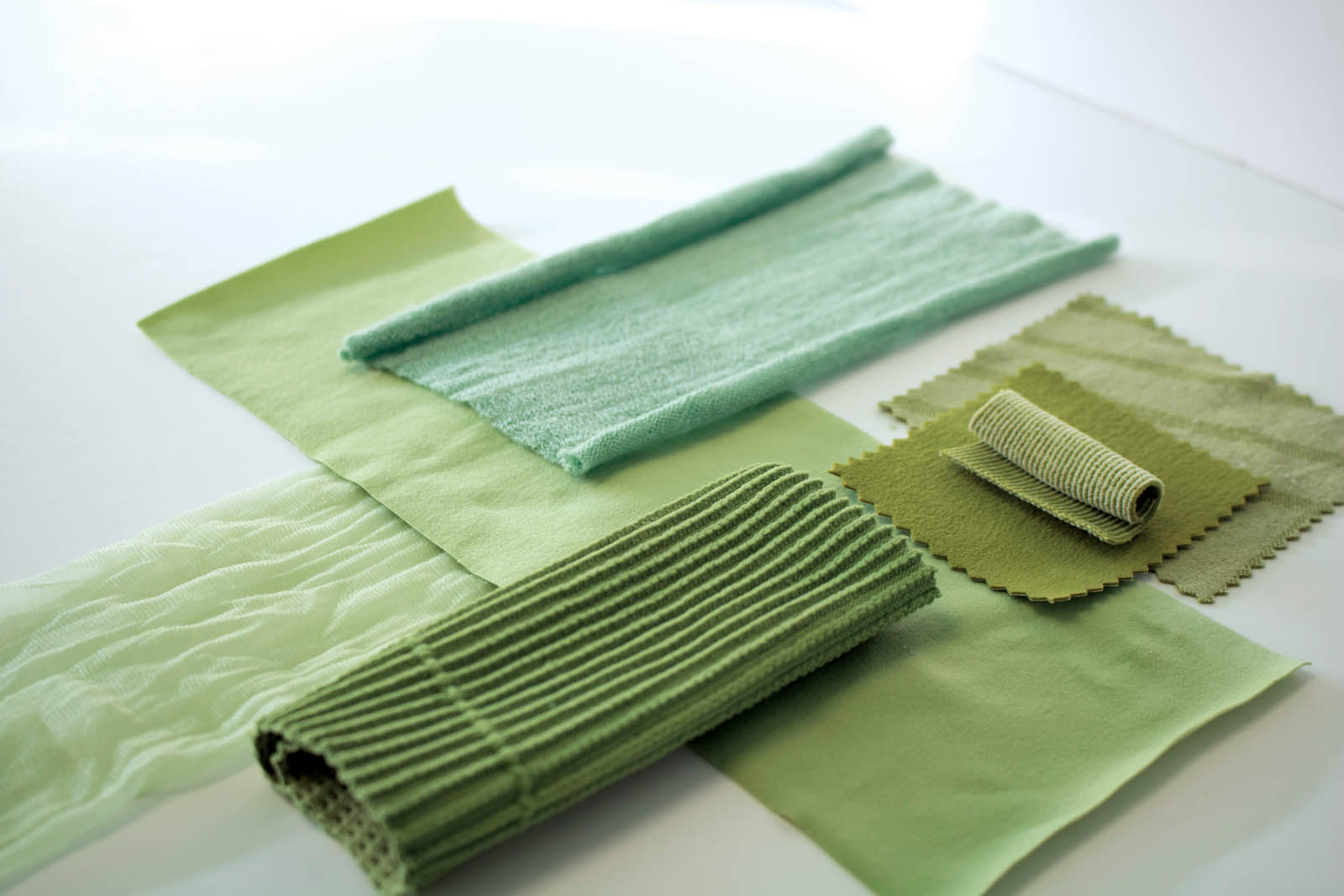
In the evolving landscape of sustainable fashion, algae-based textiles are emerging as a revolutionary alternative to traditional fabrics. As the fashion industry seeks ways to reduce its environmental impact, researchers and designers are turning to algae, a fast-growing, resource-efficient organism, as a viable substitute for conventional materials like polyester and nylon.
Algae-based textiles were conceived to address the growing demand for eco-friendly alternatives to synthetic fibers, which are notorious for their heavy resource consumption and environmental degradation. Cotton, for instance, requires up to 2,700 liters of water to produce a single T-shirt. In contrast, algae, such as kelp, can grow rapidly in saltwater environments, yielding up to 30 tons per hectare annually without the need for fertilizers. This minimal resource use makes algae a highly sustainable raw material.
One of the most compelling environmental benefits of algae is its capacity to absorb carbon dioxide. During photosynthesis, algae act as natural carbon sinks, sequestering significant amounts of CO2. Research suggests that seaweed farming could capture up to 2 billion tons of CO2 annually, offering a powerful tool to combat climate change. This is a stark contrast to the production of synthetic fibers, which releases around 706 million tons of CO2 each year.
Additionally, algae-based textiles are fully biodegradable, decomposing within 3 to 6 months under natural conditions. This contrasts sharply with synthetic fabrics like polyester, which can take centuries to break down, contributing to the growing problem of microplastic pollution. The shift to algae-based textiles could significantly reduce textile waste, which amounted to over 92 million tons globally in 2023.
The potential applications of algae-based textiles extend beyond fashion. The global market for algae-derived products is forecasted to reach $6.6 billion by 2027, driven by diverse uses in industries ranging from medical to cosmetics. Algae fibers are already being used in medical products like biodegradable implants and wound dressings, thanks to their biocompatibility and antibacterial properties. The sustainable home textile sector, valued at $3.8 billion in 2023, is also exploring algae-based innovations, while the algae-based cosmetic packaging market is set to reach $660 million by the end of the year.
Technological advancements are enhancing the attributes of algae-based fabrics, making them softer, more durable, and easier to dye. As consumer demand for sustainable products grows—70% of global consumers favored eco-friendly options in a 2023 report—brands adopting algae-based textiles are well-positioned to meet this demand.
02:40 PM, Jan 07
Source : Algae-based Textiles: The Future Of Sustainable Fashion Innovation
Other Related Topics
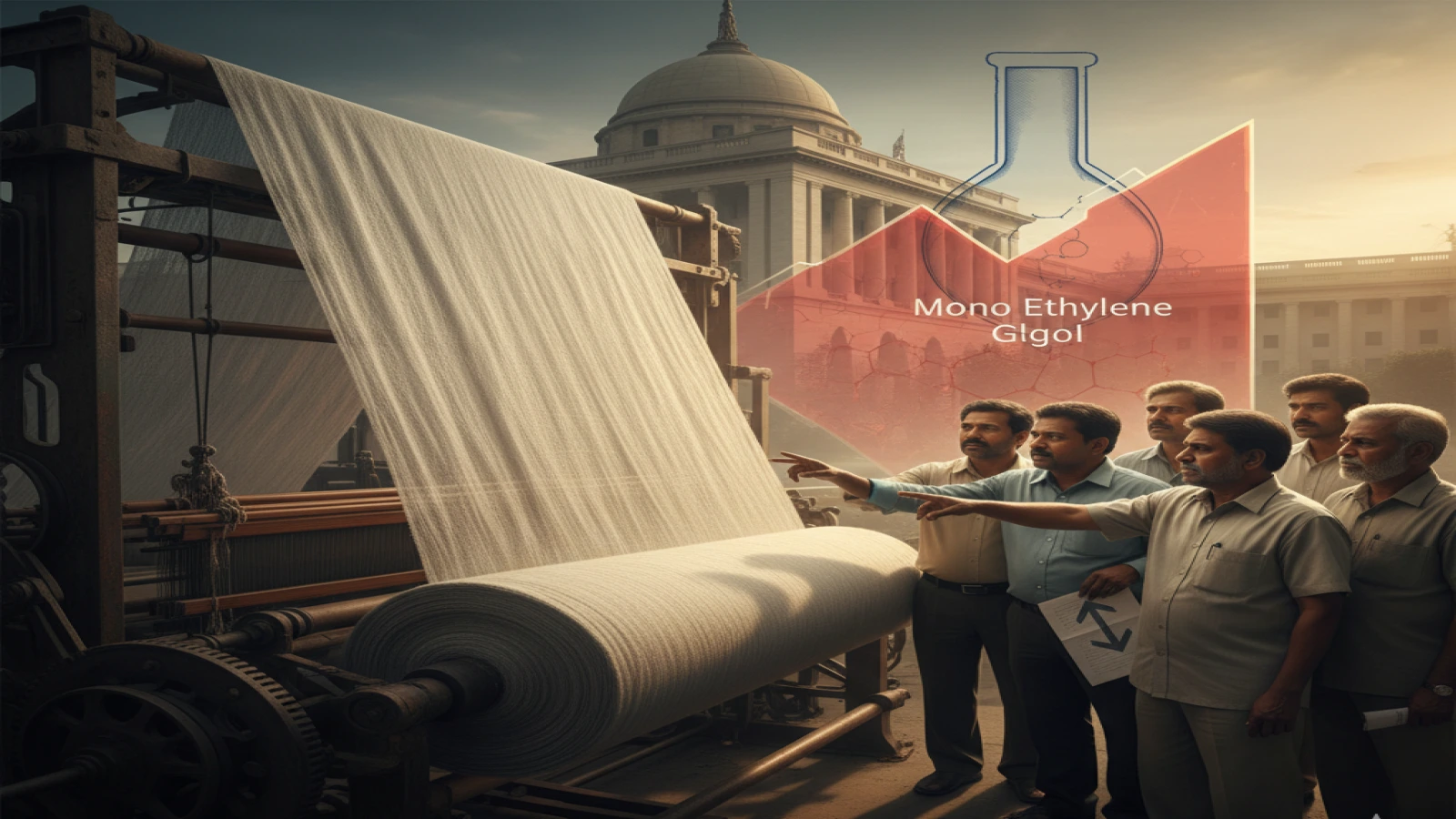

Foreign Buyers Forge New Ties at UP International Trade Show
04:21 PM, Sep 30
Government Extends RoDTEP Export Incentive Scheme Until March 2026
03:35 PM, Sep 30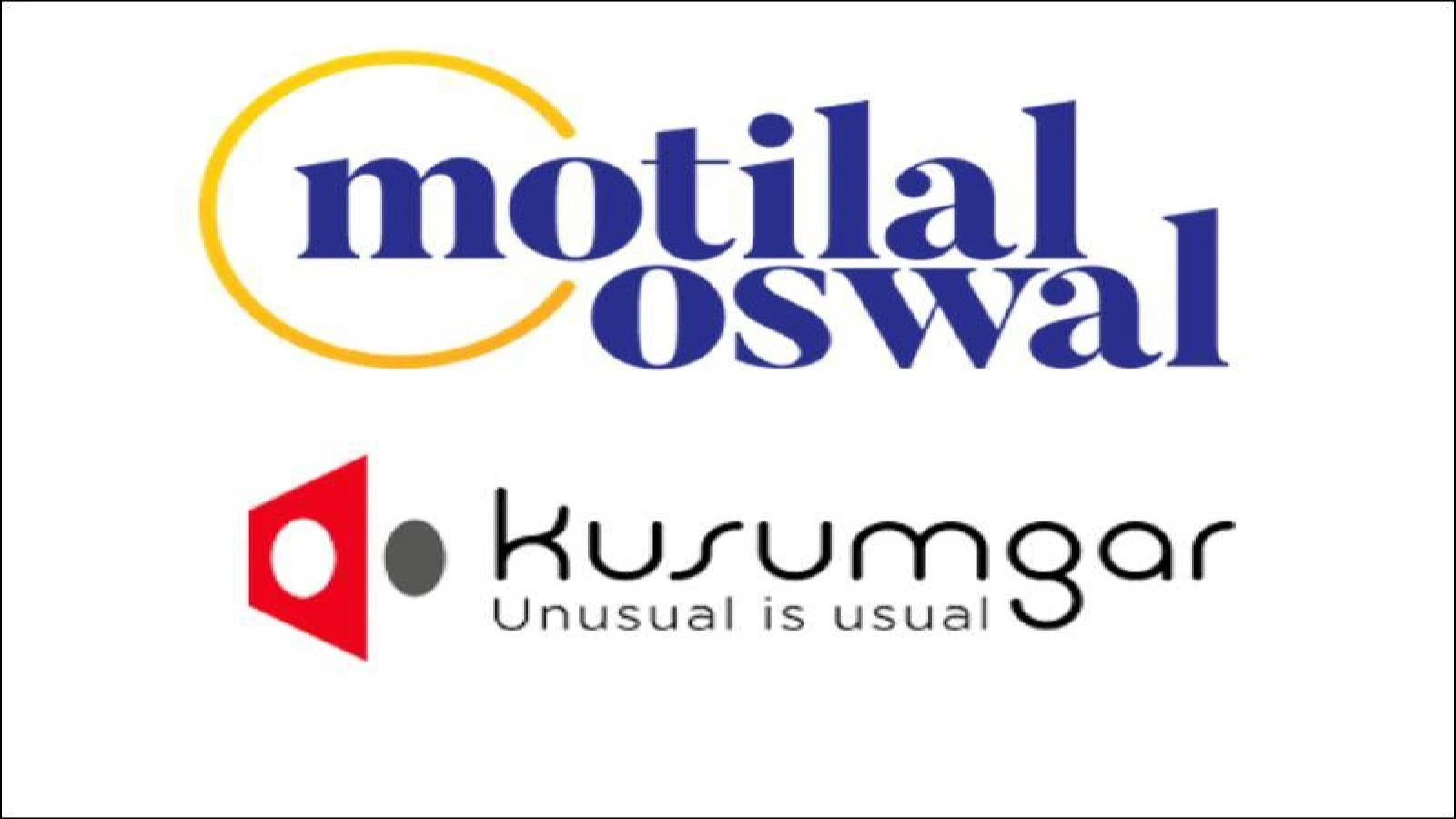
Motilal Oswal Backs Kusumgar to Power Growth in Engineered Fabrics
03:09 PM, Sep 30Industry Update

Indorama Ventures Pioneers Scalable Bio-Based PET Fibers for a Low-Carbon Textile Future...view more

Carrington Textiles Introduces Defence Stock Range for Faster Access to Military Fabrics...view more



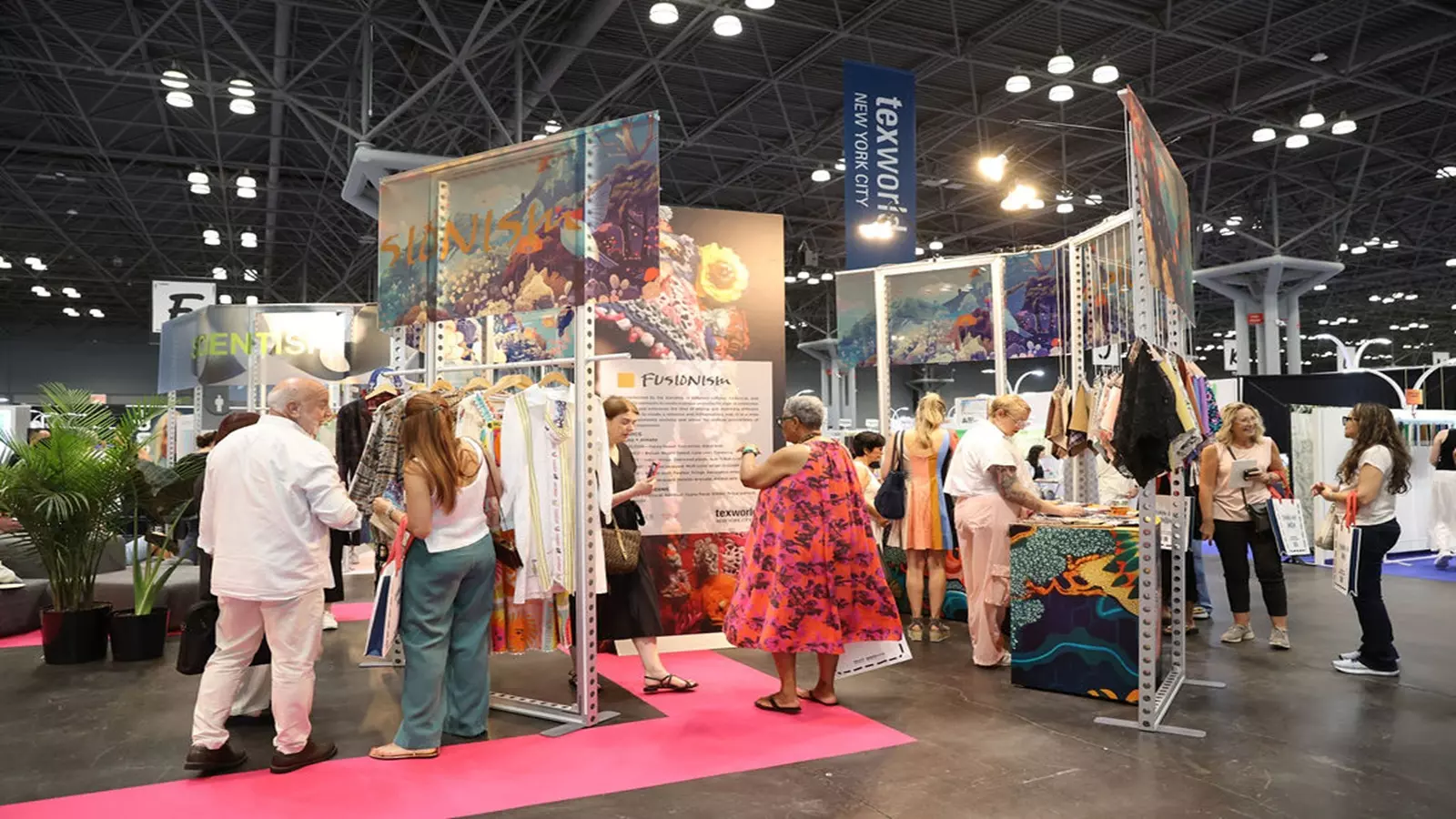
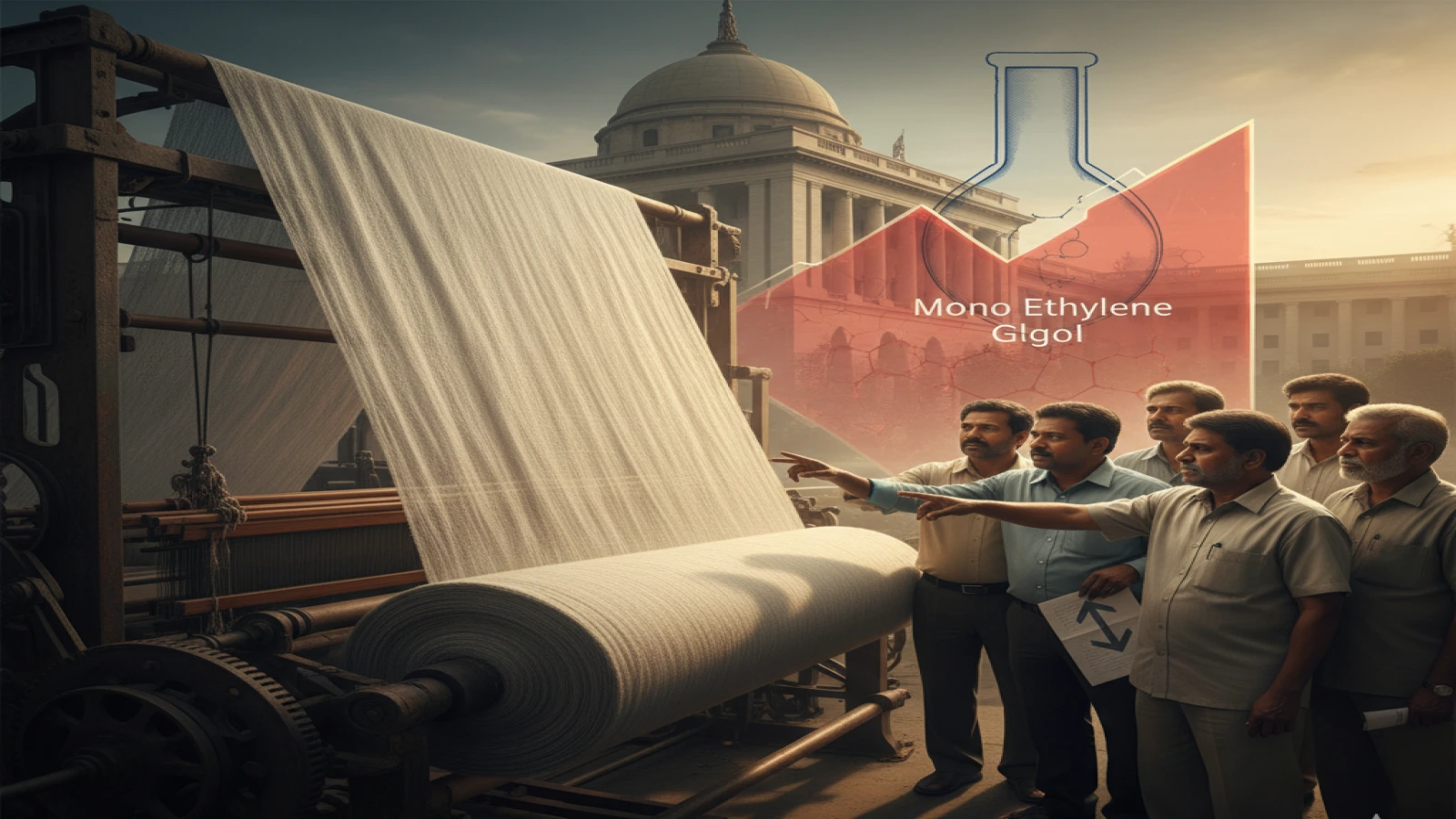
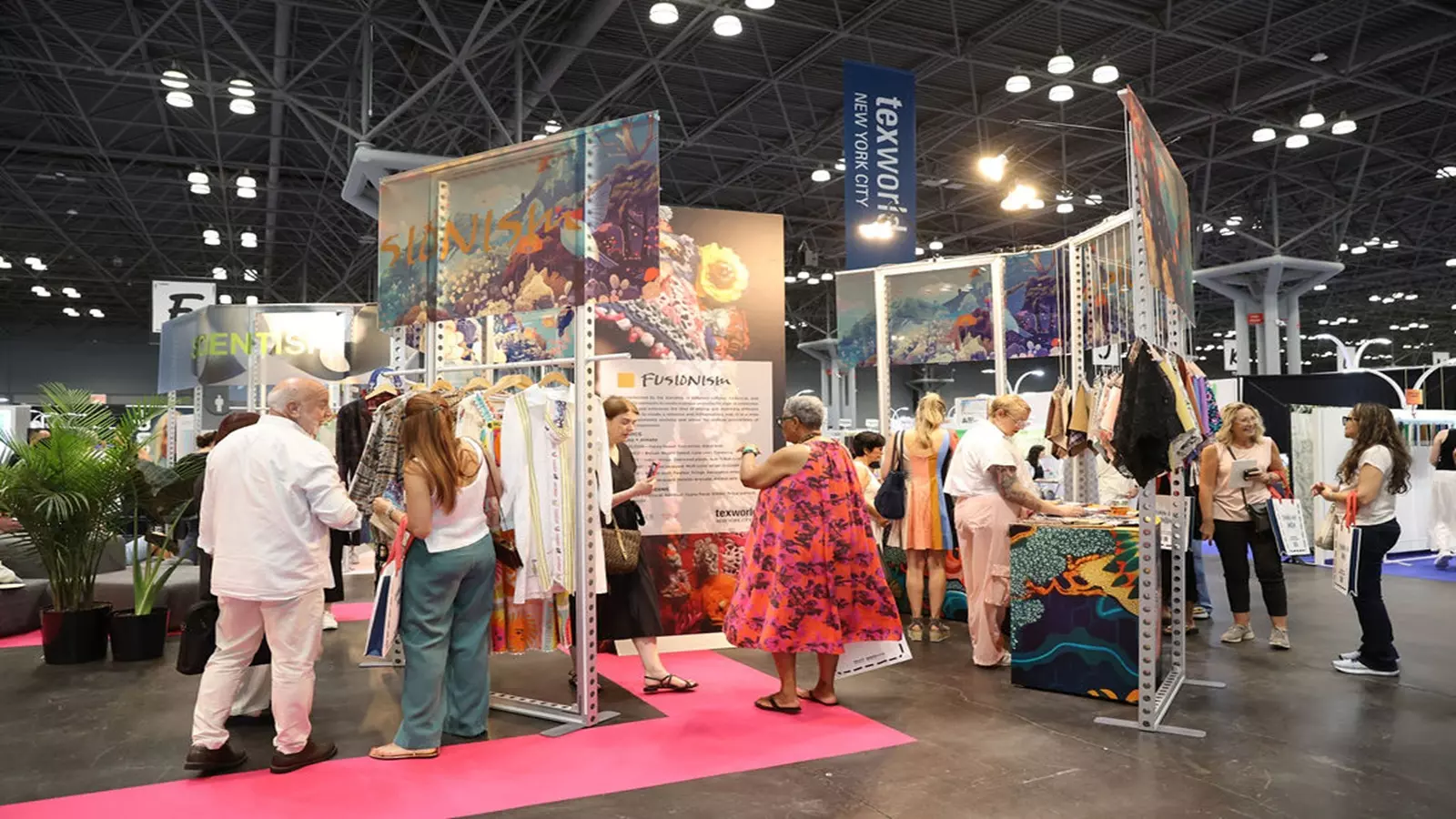


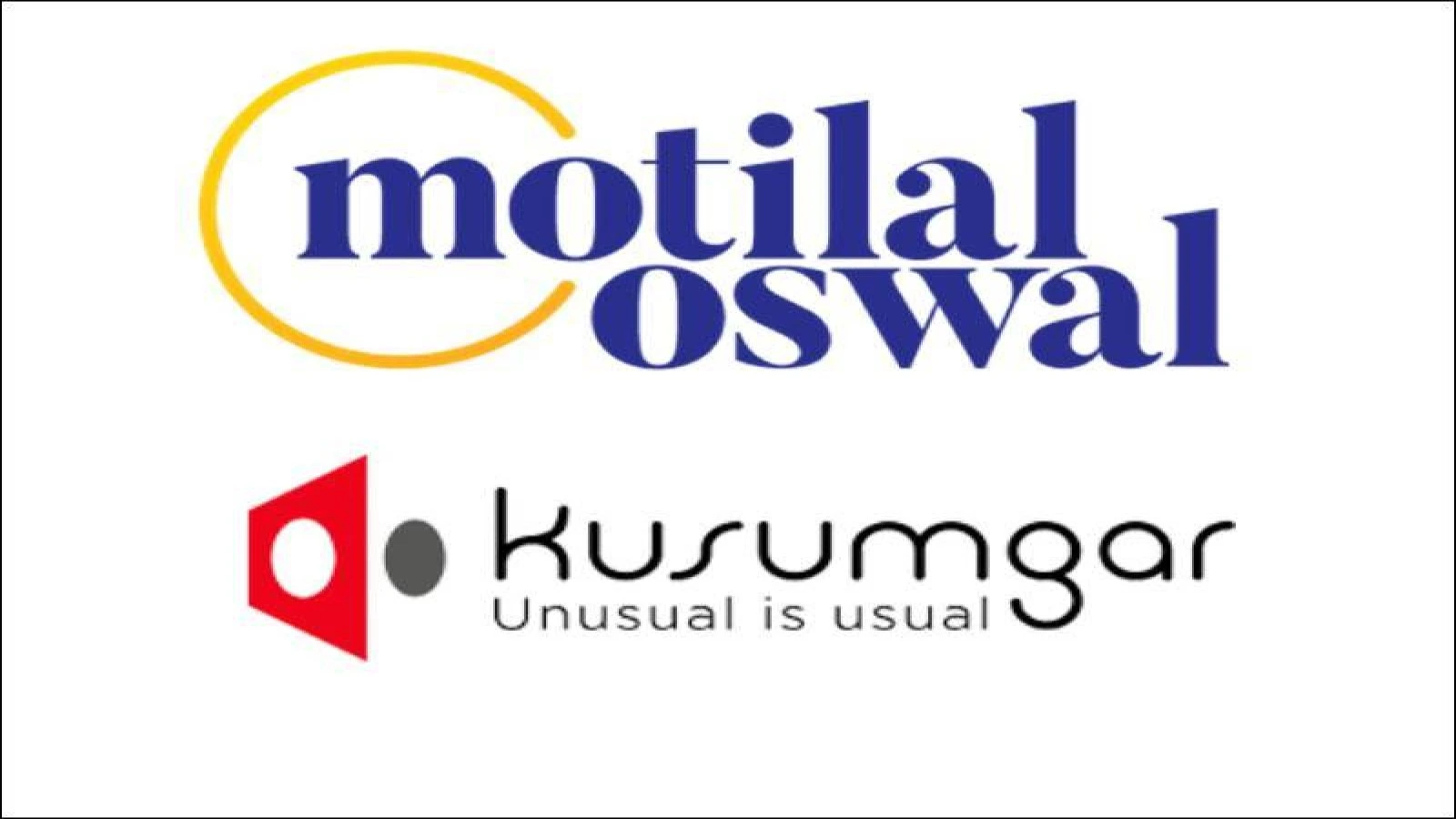
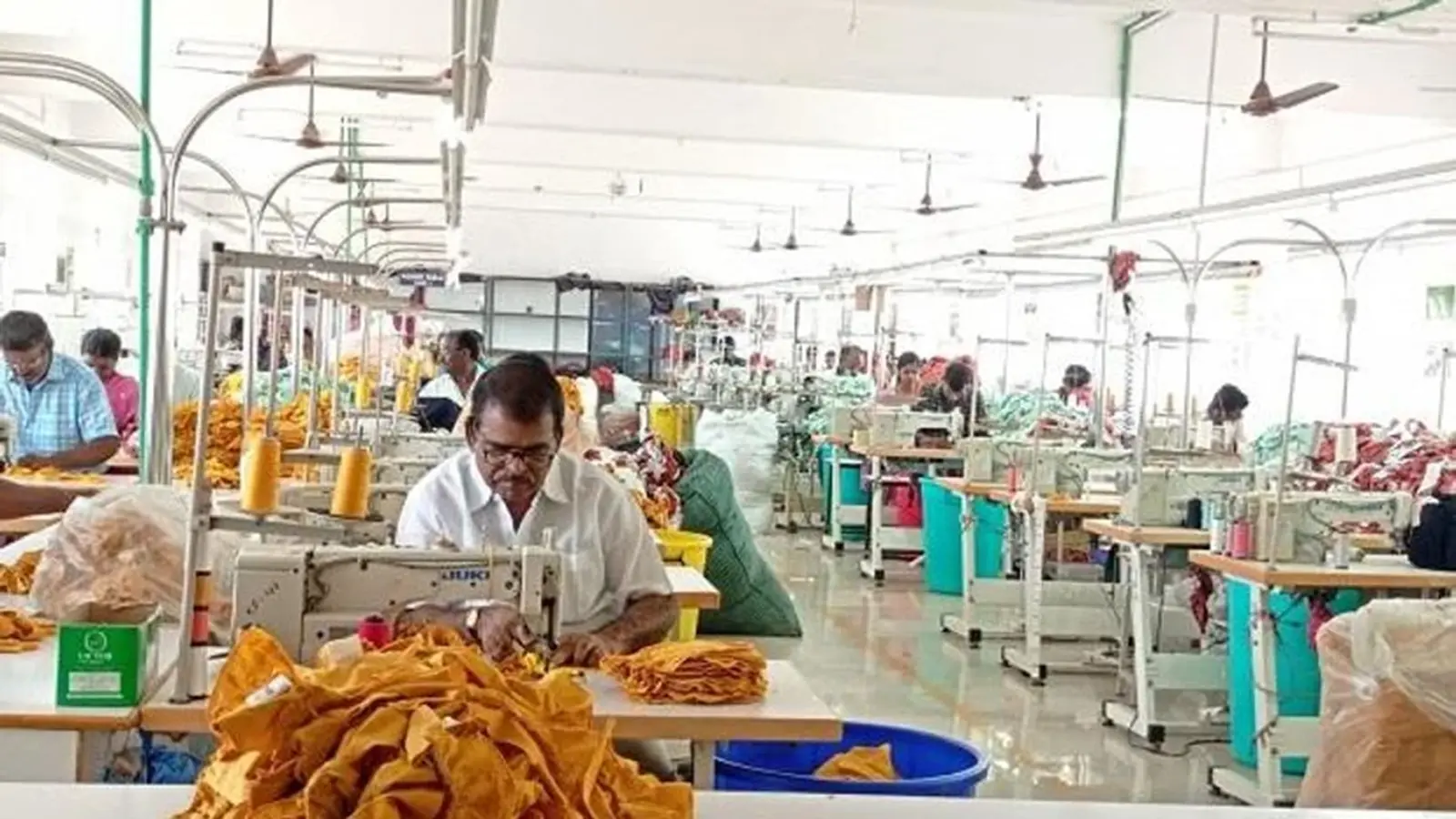
.webp)
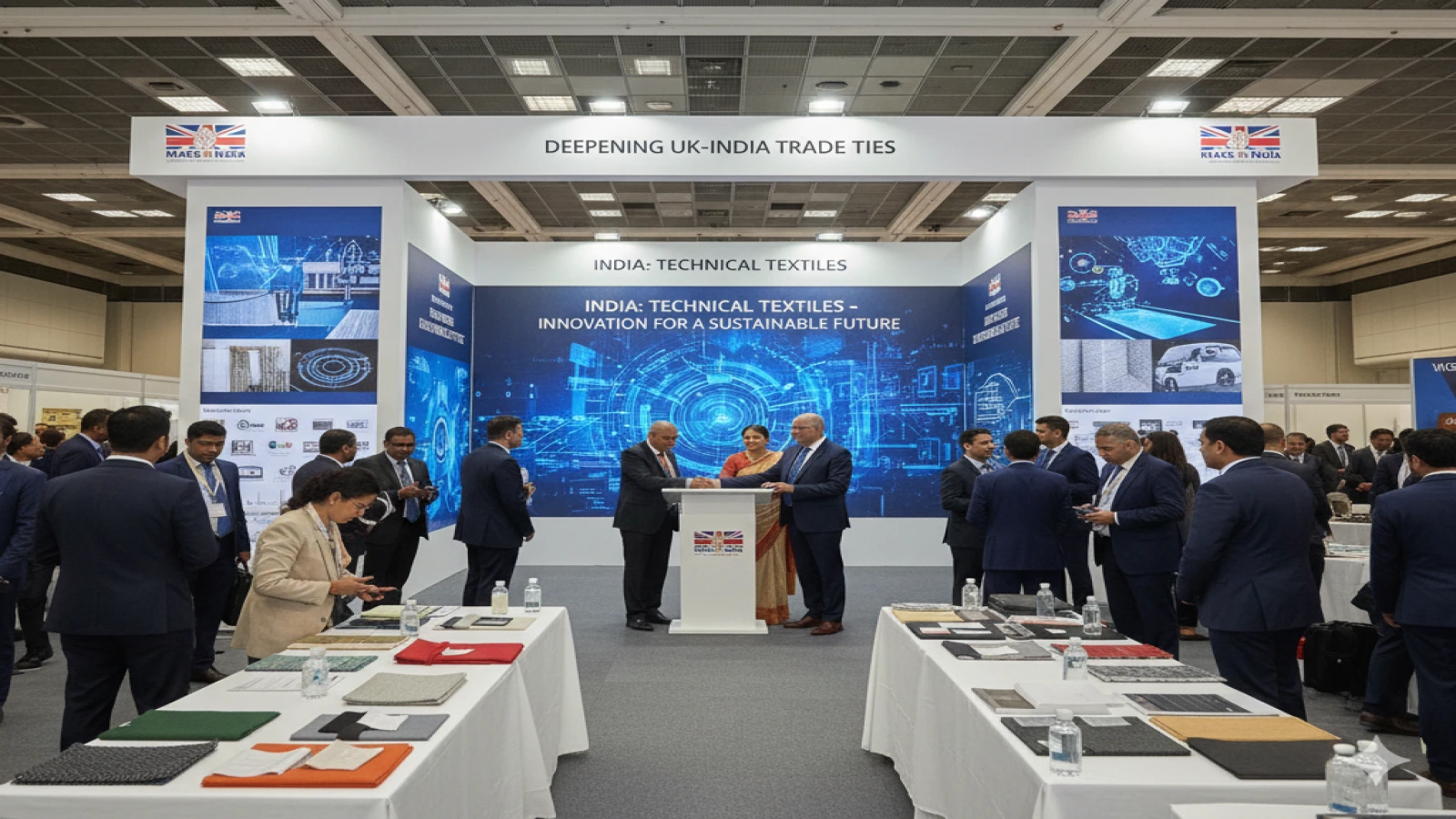


1.webp)


1.webp)

1.webp)




























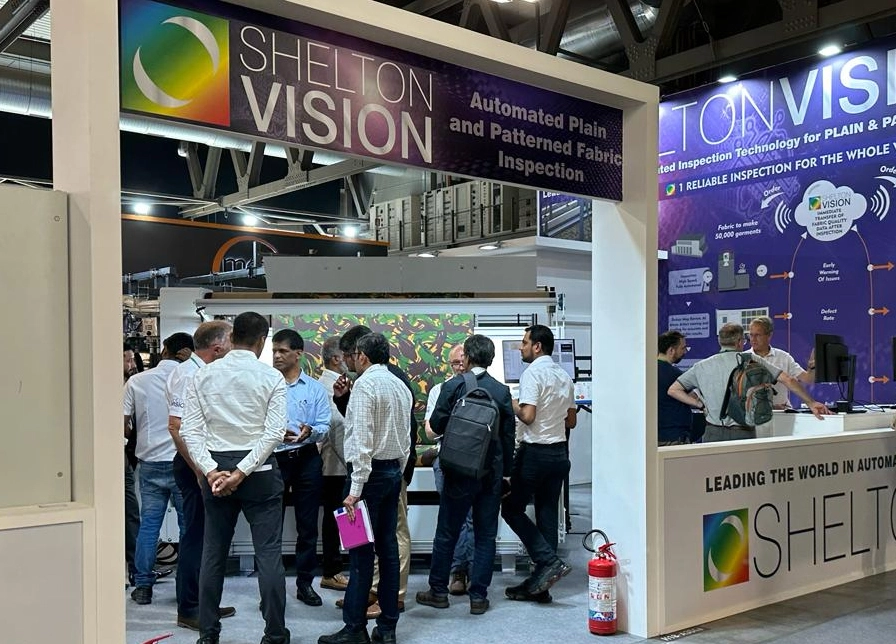






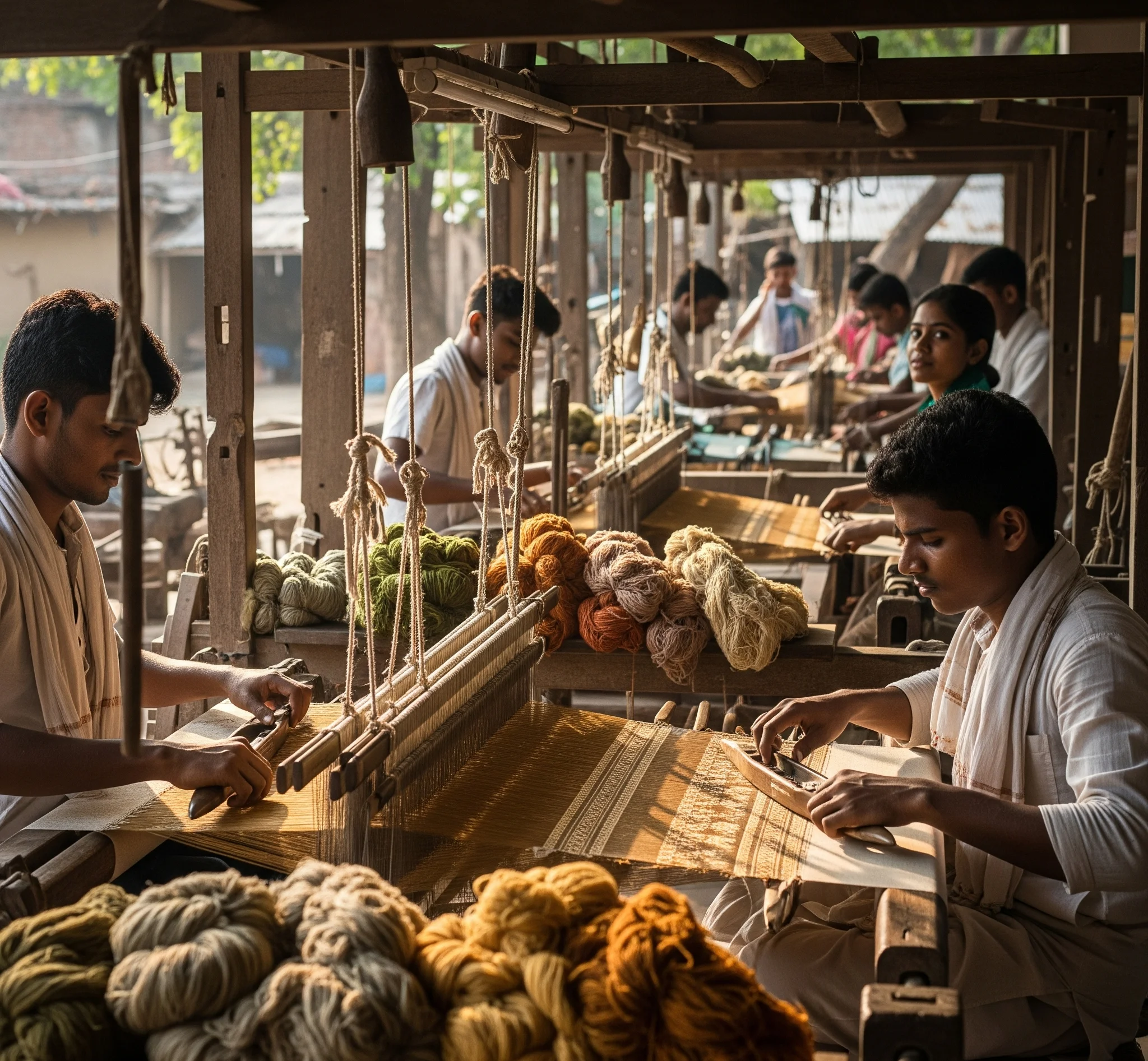





1.webp)



1.webp)
1.webp)


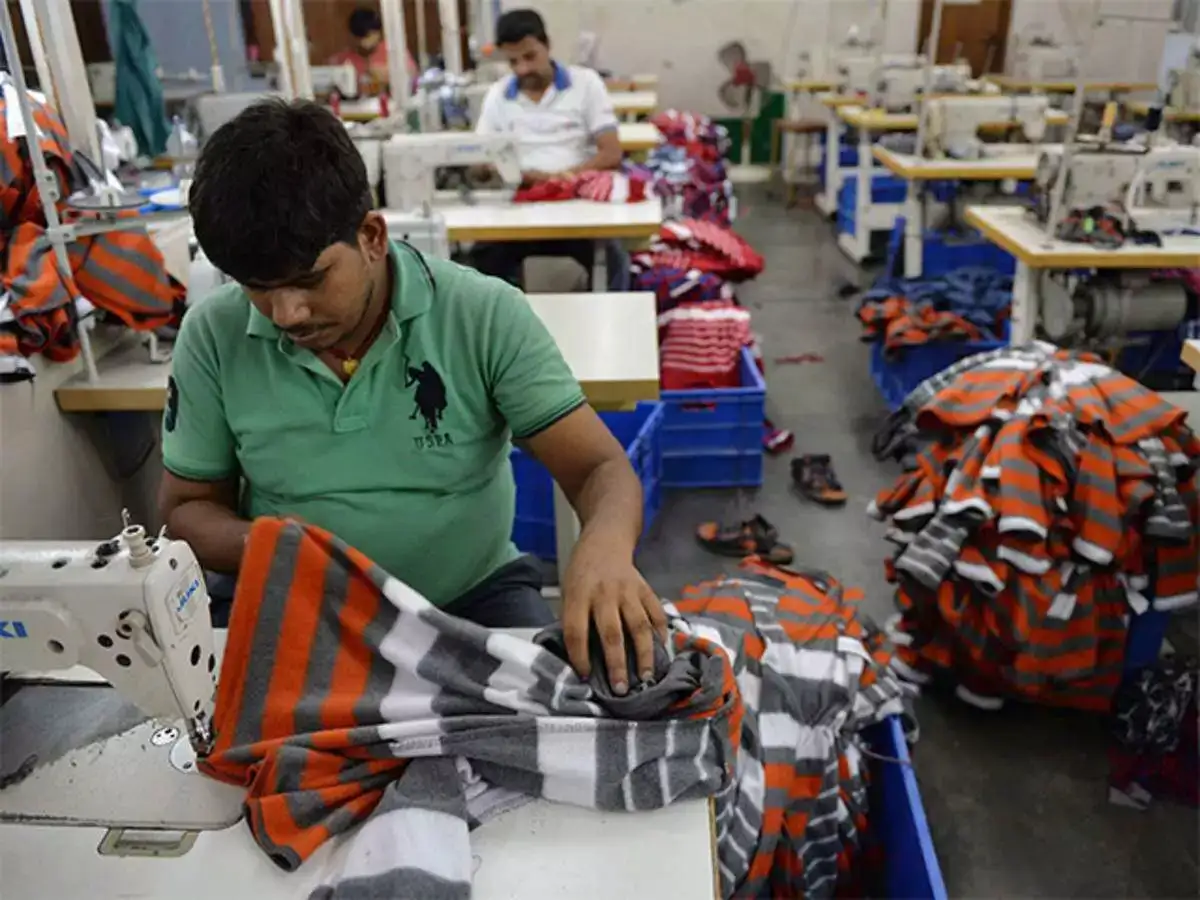

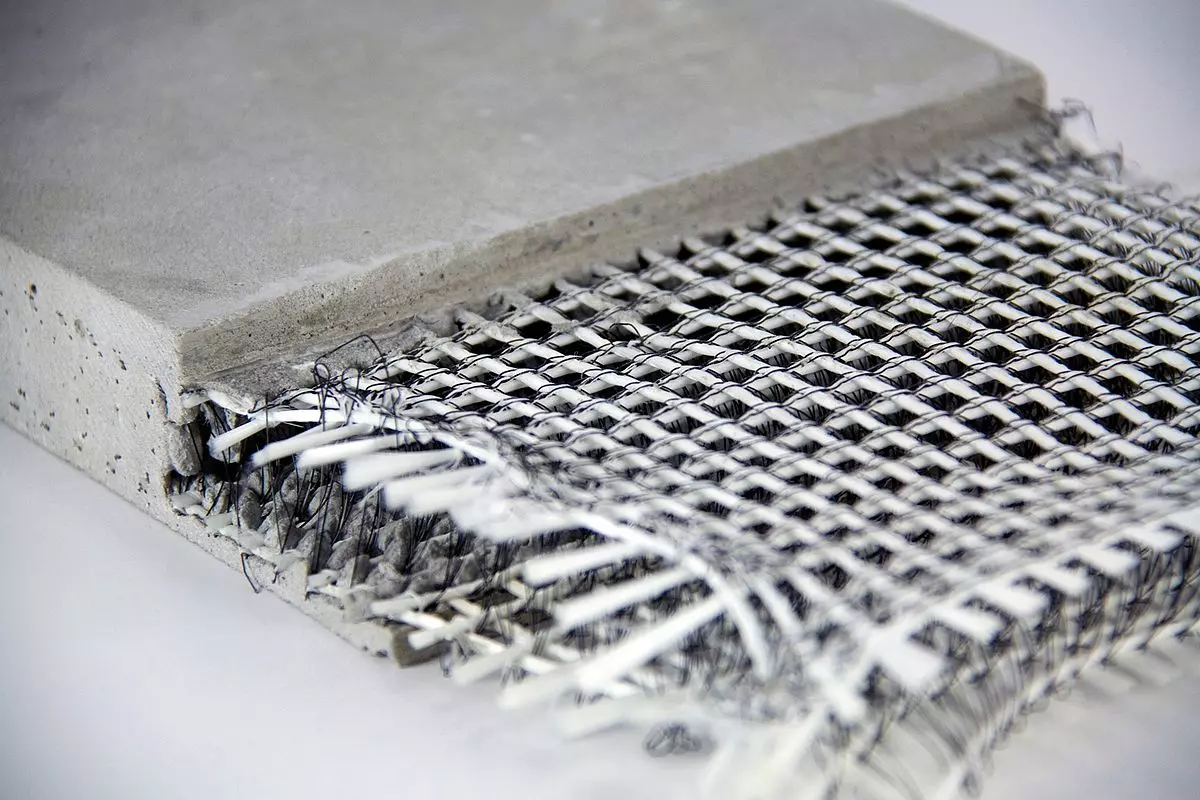
















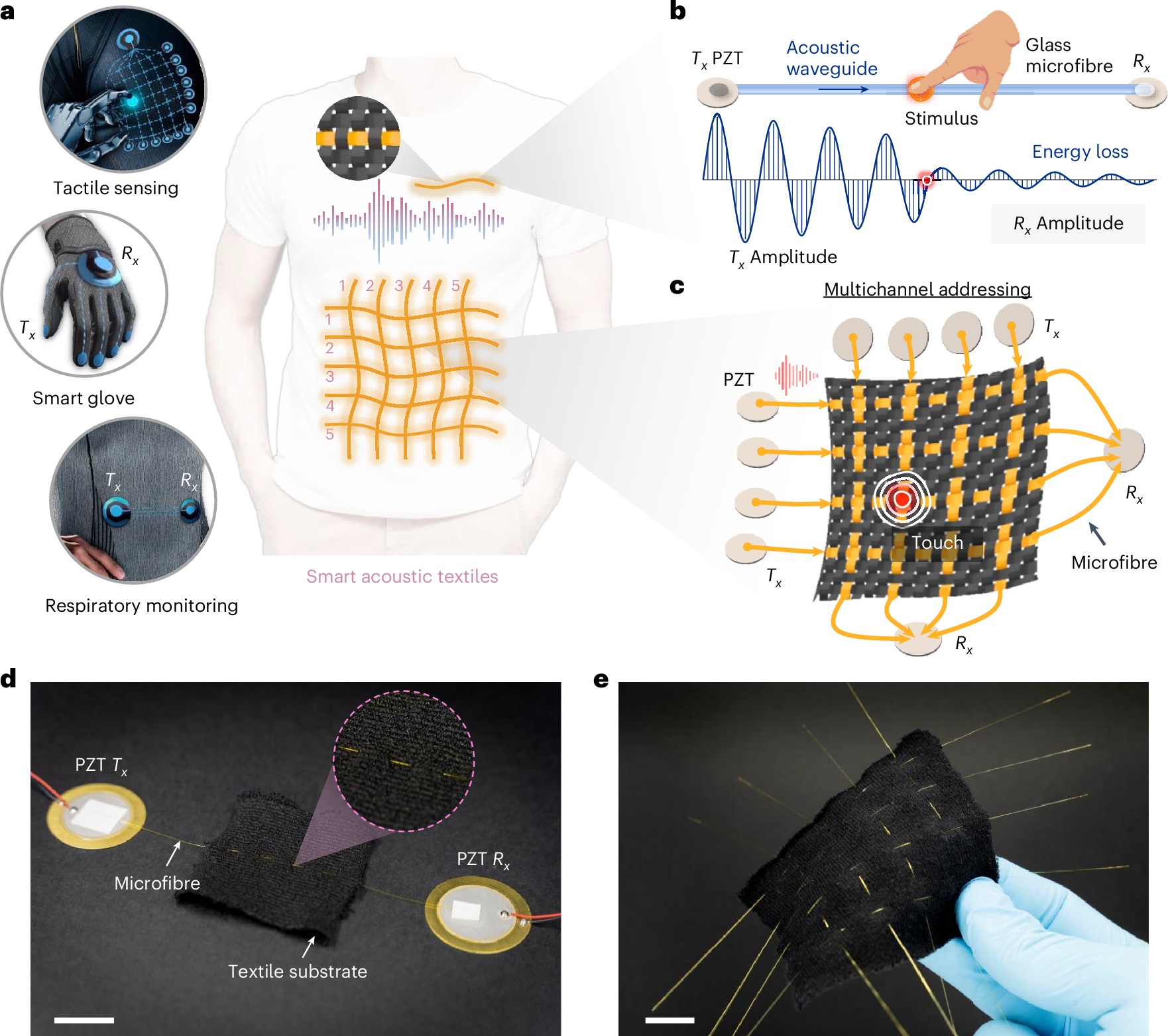
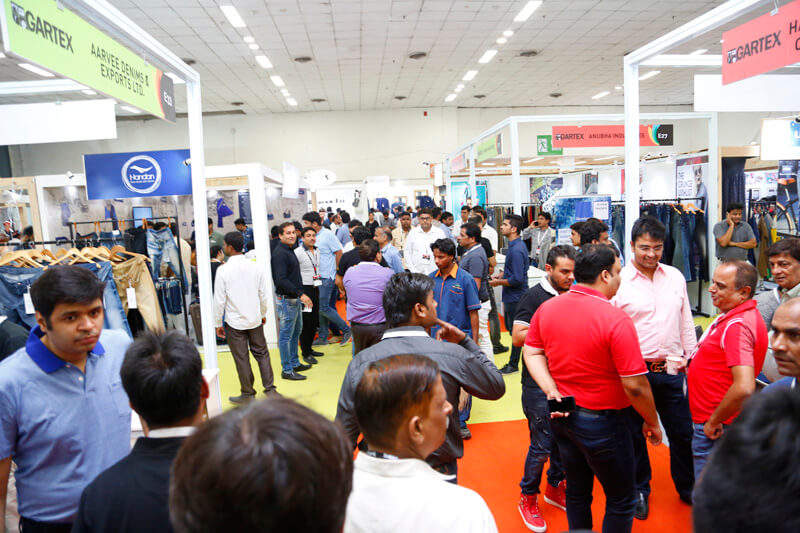
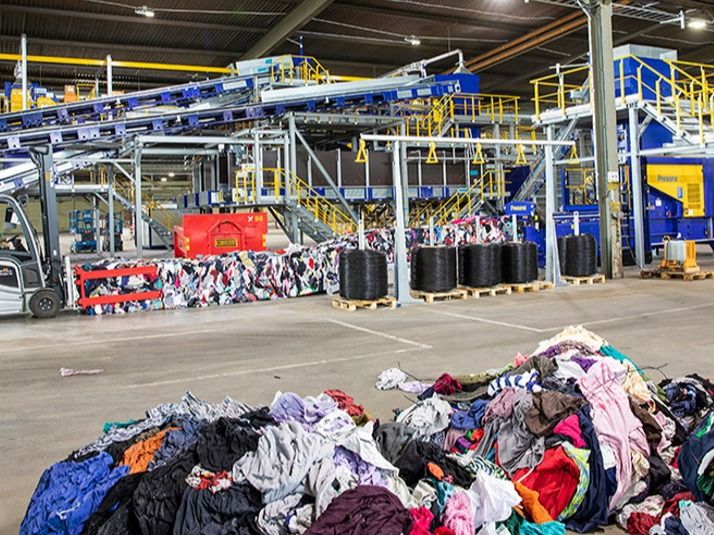



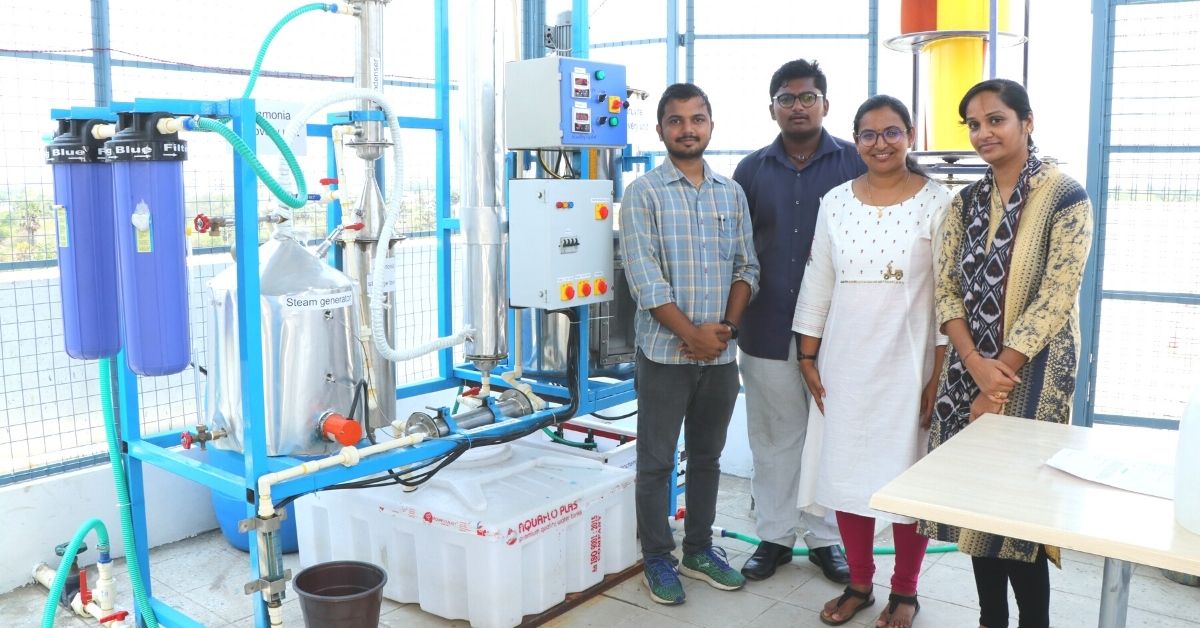













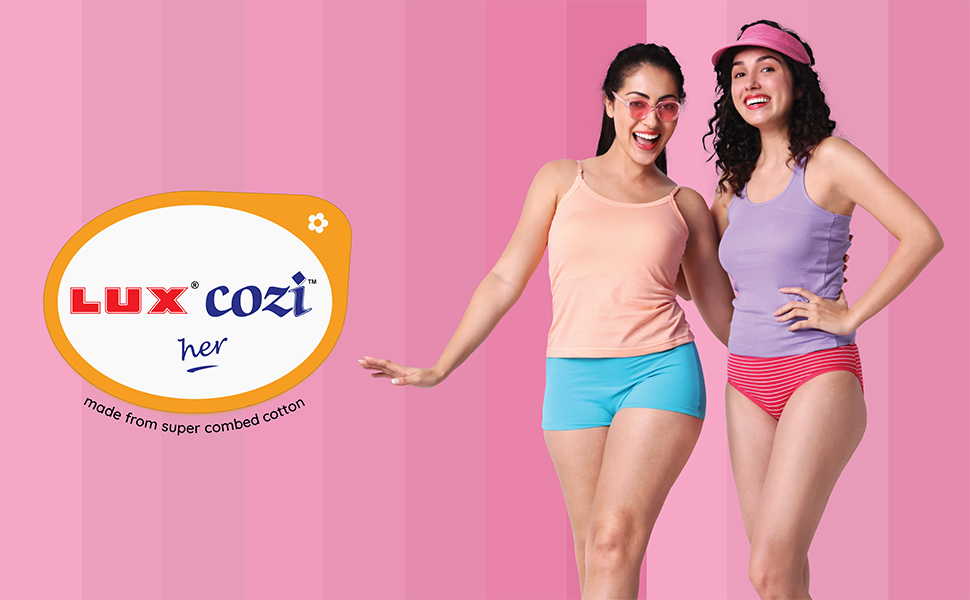
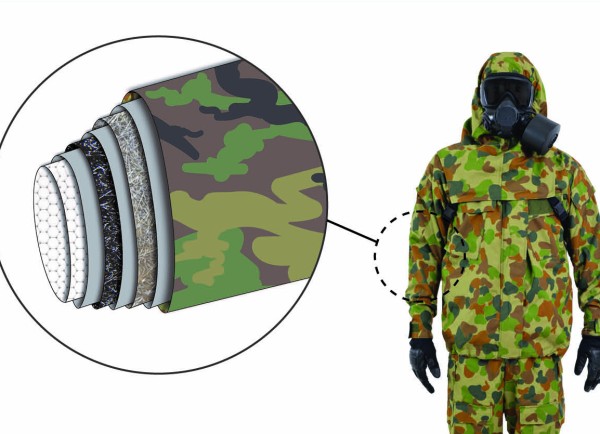



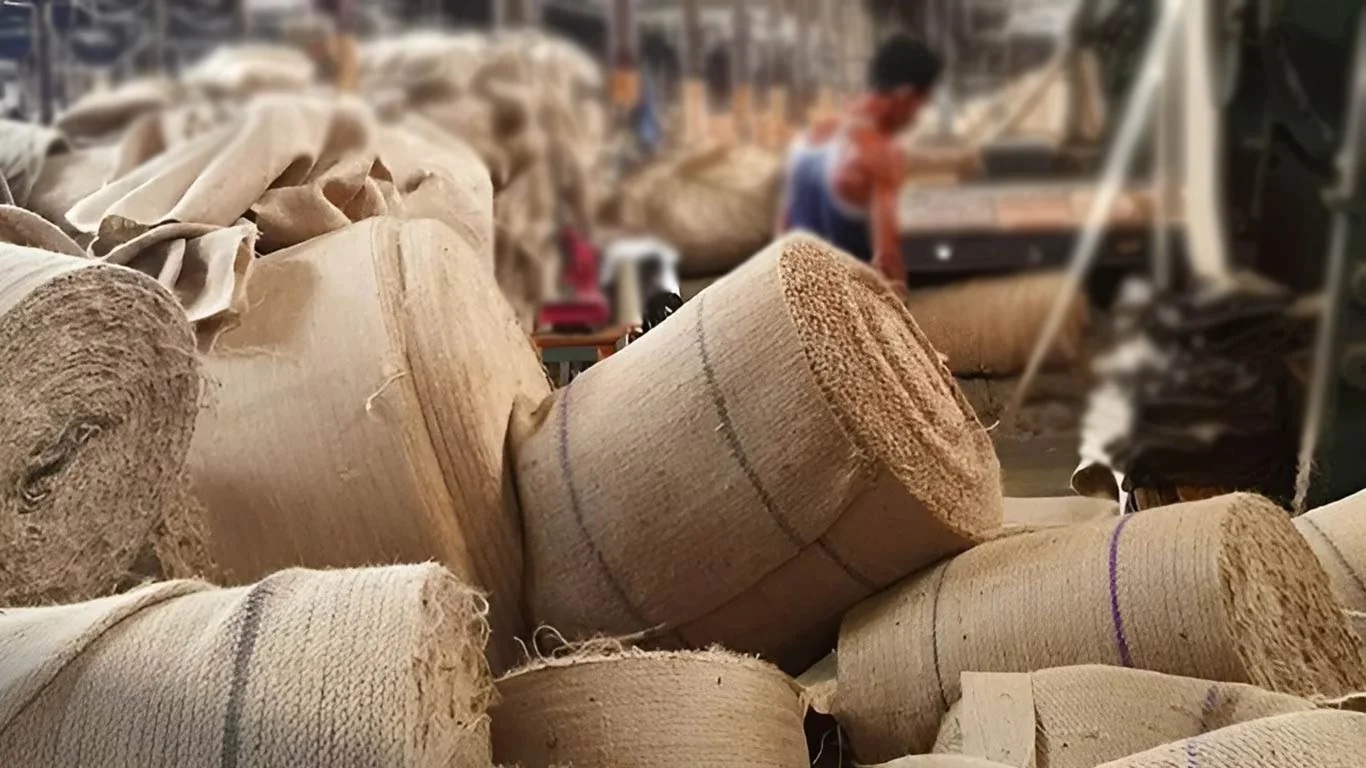


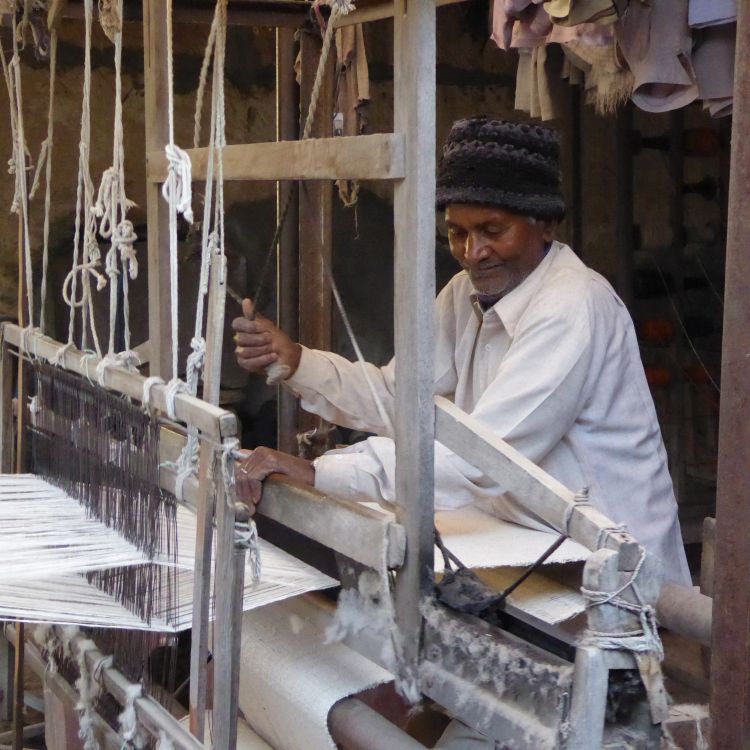

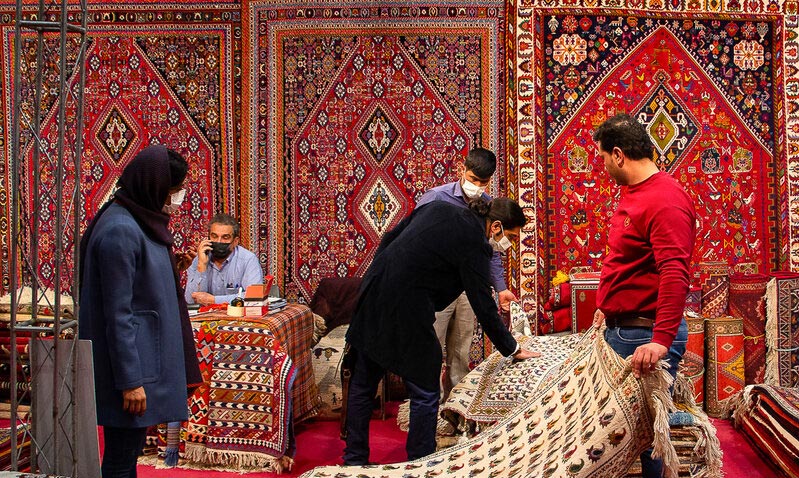














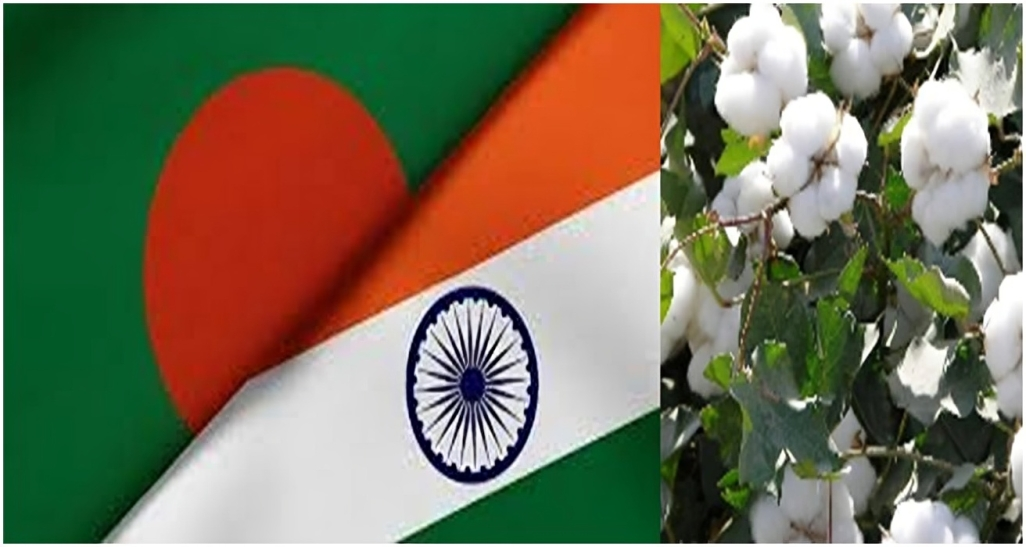
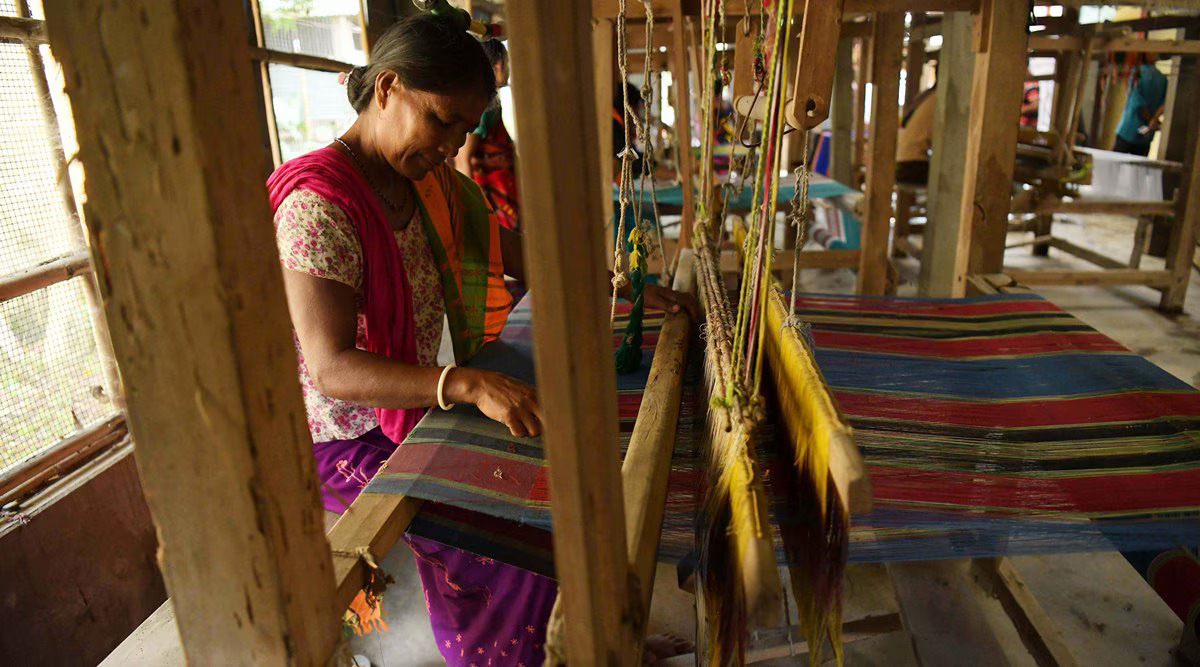



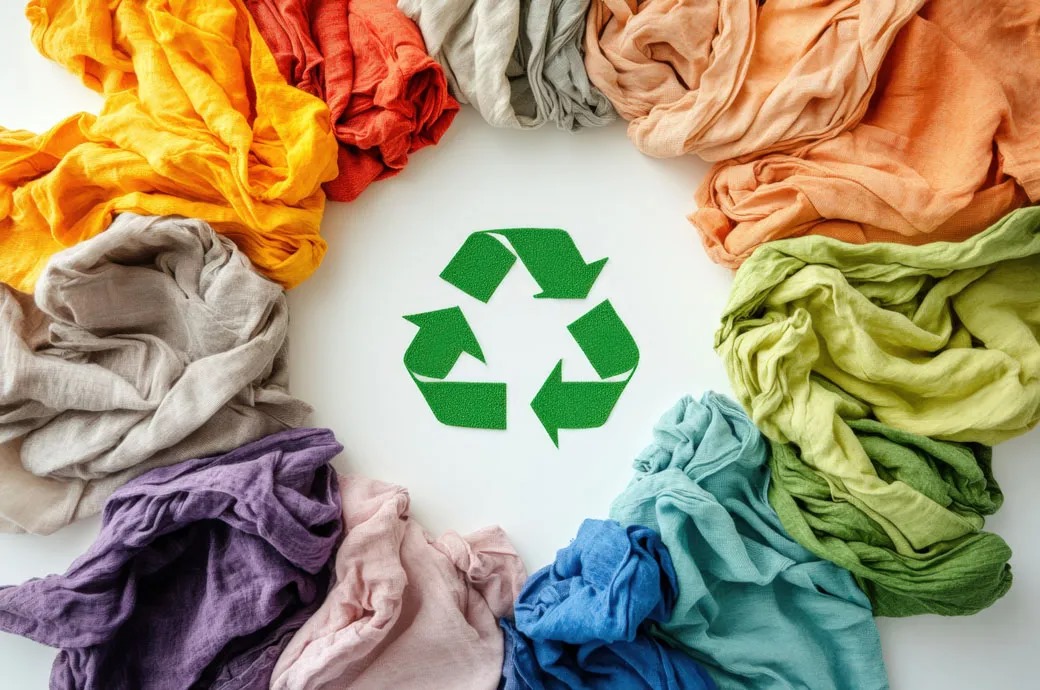















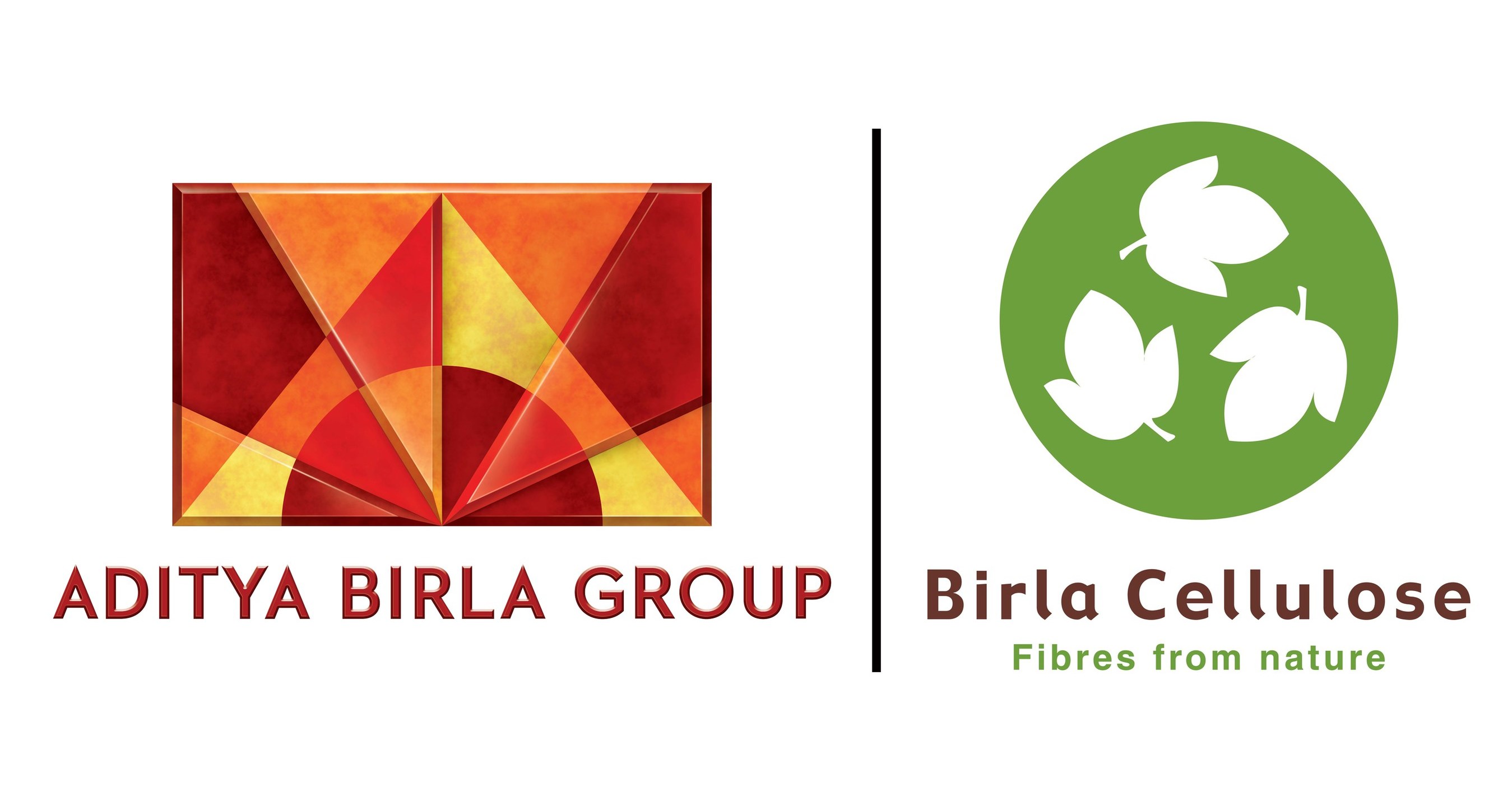






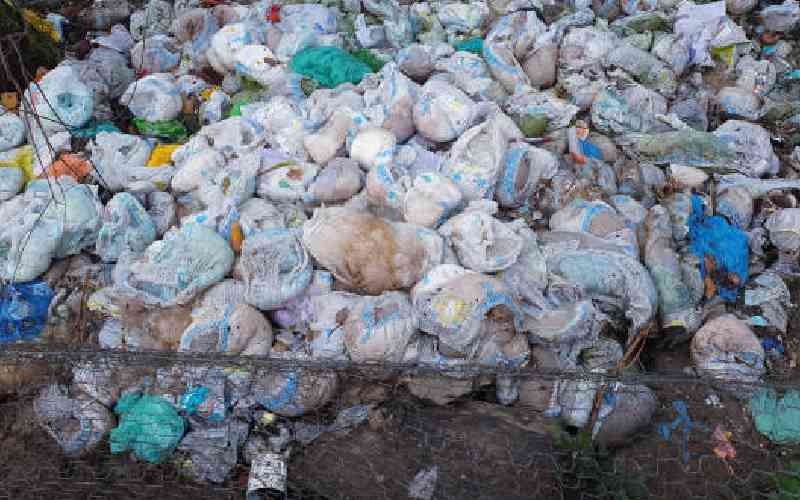











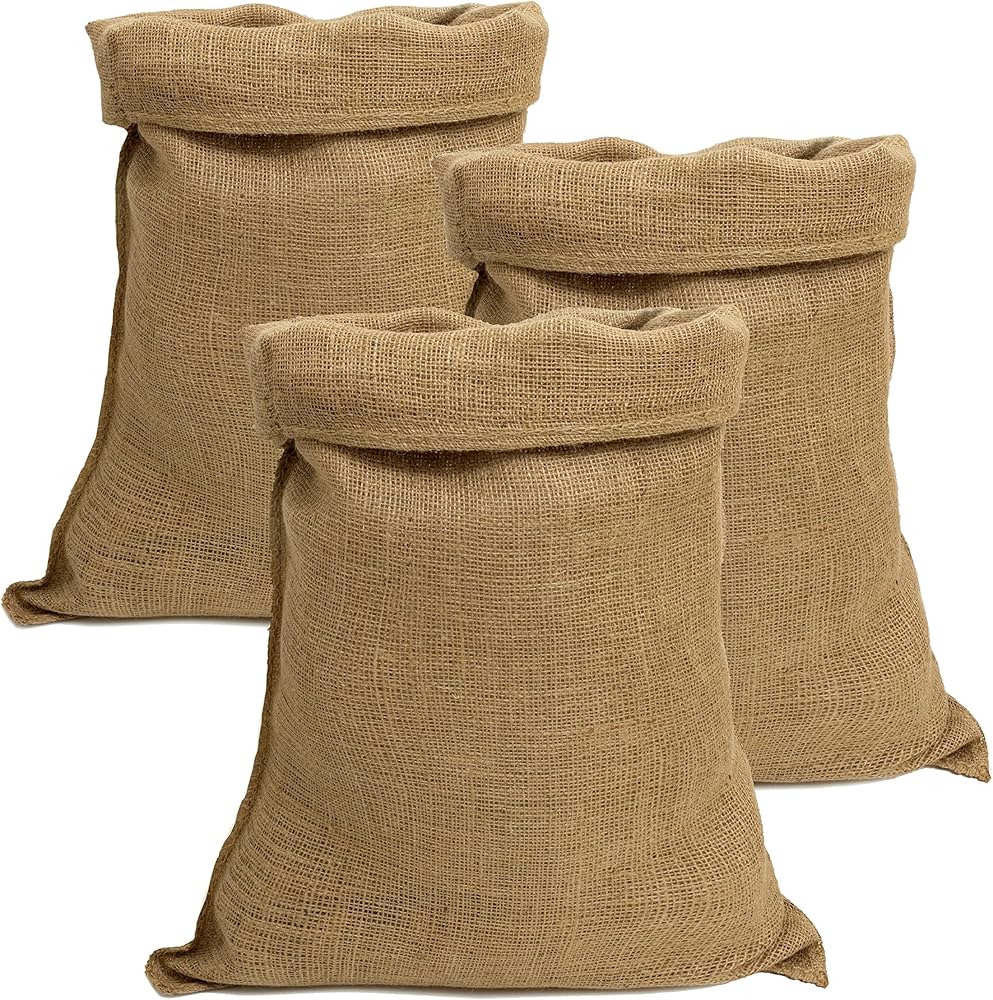
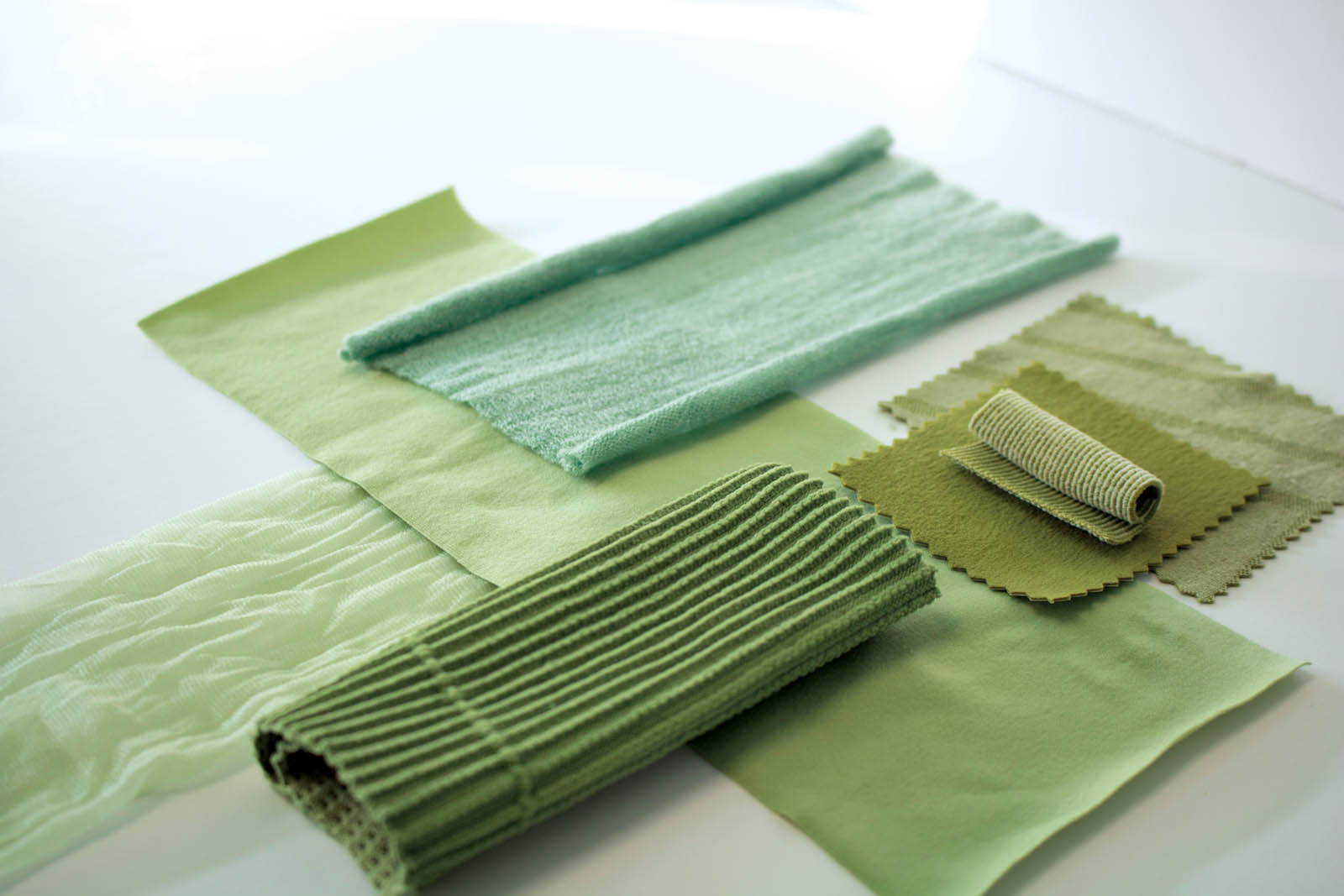









.png)




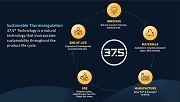






.jpg)
.jpg)
.jpg)











1.jpeg)